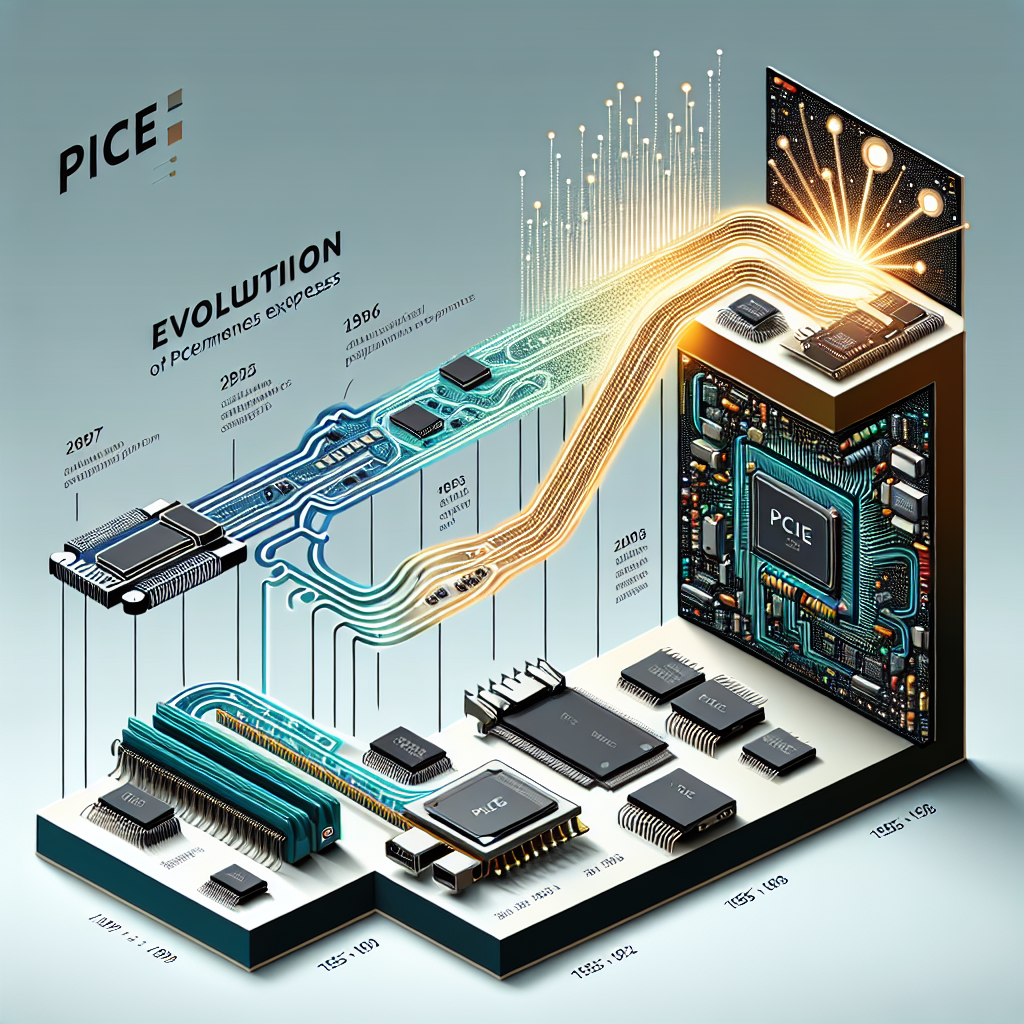The Evolution of PCIe: From its Inception to the Latest Advancements
The Peripheral Component Interconnect Express (PCIe) has come a long way since its inception in 2004. Originally developed as a high-speed interface for connecting peripherals to a computer’s motherboard, PCIe has evolved into a versatile and powerful technology that has revolutionized the way we connect and transfer data between devices.
When PCIe was first introduced, it offered a significant improvement over its predecessor, the PCI interface, in terms of speed and bandwidth. With a maximum data transfer rate of 2.5 gigabits per second (Gbps) per lane, PCIe quickly became the go-to interface for high-performance devices such as graphics cards, network cards, and storage devices.
Over the years, PCIe has undergone several revisions and updates to keep up with the ever-increasing demands of modern computing. The latest version, PCIe 4.0, was released in 2017 and offers a maximum data transfer rate of 16 Gbps per lane, doubling the speed of its predecessor, PCIe 3.0.
One of the key advancements of PCIe 4.0 is its improved signal integrity, which allows for longer cable lengths and better performance in high-speed applications. This makes PCIe 4.0 ideal for data-intensive tasks such as gaming, video editing, and virtual reality.
In addition to speed and bandwidth improvements, PCIe has also seen advancements in power efficiency and scalability. PCIe 4.0 introduces a new feature called “lane margining,” which allows for dynamic adjustment of signal margins to optimize performance and power consumption.
Looking ahead, the industry is already looking towards the next iteration of PCIe, PCIe 5.0, which is expected to double the data transfer rate once again to 32 Gbps per lane. With advancements like these, PCIe continues to be at the forefront of high-speed data transfer technology and will play a crucial role in the future of computing.
In conclusion, the evolution of PCIe from its inception to the latest advancements has been nothing short of remarkable. With each new iteration, PCIe has continued to push the boundaries of speed, bandwidth, and efficiency, making it an indispensable technology for modern computing. As we look towards the future, it’s clear that PCIe will continue to play a critical role in driving innovation and pushing the limits of what is possible in the world of data transfer.


